In recognition of Joseph Grado’s 100th birthday, Grado Labs is releasing its newest flagship model, the Signature HP100 SE Open Air Headphone.
“Although Uncle Joe left us 10 years ago, he will always be a presence at Grado Labs” – John Grado, Joseph’s nephew and Grado’s CEO.
I have been a fan of Grado products since the mid ‘70s when I acquired my first audiophile phono cartridge, the Grado F1+ Signature (the best tracking cartridge I have ever owned), so when I was offered a chance to review this brand new groundbreaking headphone that represents a whole new direction for Grado, I jumped at it.
The Grado Signature HP100 SE Open Air Headphone
At the heart of the HP100 SE is a completely new speaker design. A new 52mm driver employing a paper composite cone alongside a powerful high flux magnetic circuit using rare earth alloys, and a new voice coil made from lightweight copper-plated aluminum was developed. This new magnetic circuit coupled with the voice coil was designed to produce excellent dynamics and transient response, along with a highly refined sense of space, soundstage, and image. Grado’s goal in this design was to deliver a speaker that produced excellent high-frequency resolution, midrange smoothness, and bass energy with low distortion, resulting in a voicing that is musically and harmonically correct.
In an exciting departure from previous Grado models, a new modern housing design with detachable cables has been implemented. To honor the recognizable heritage of the original Signature HP1/2/3 headphone designs but with a modern feel, the housings are individually machined from specially treated aluminum with a space grey finish and the product name neatly engraved on the face.
As the first Grado model to feature detachable cables, in a departure from the cable currently employed on the Statement Series the cable has been engineered to a softer but durable braided finish, with cable insulation that improves flexibility and decreases the overall weight of the cable.
While the stock cable is terminated with a 6.3mm plug additional detachable cable options such as 4pin XLR termination, 4.4mm balanced termination, and various cable lengths, will be available in the future, and as it connects to each housing via a 4pin mini XLR plug after market cables from a wide range of manufacturers are out there for those wishing to experiment.
Headband assembly redesign
The HP100 SE’s headband assembly has also been improved from the classic Grado models featuring 50% more padding than previous Grado designs, with a stainless steel band and height rods (designed to not slide out of the junction block if the zinc alloy end caps become dislodged ) while the Grado Labs engraved gimbals are made from an aluminum alloy, and the mechanism limits housing rotation to 105-degrees to reduce wear and tear.
Living with the Grado Signature HP100 SE Open Air Headphone
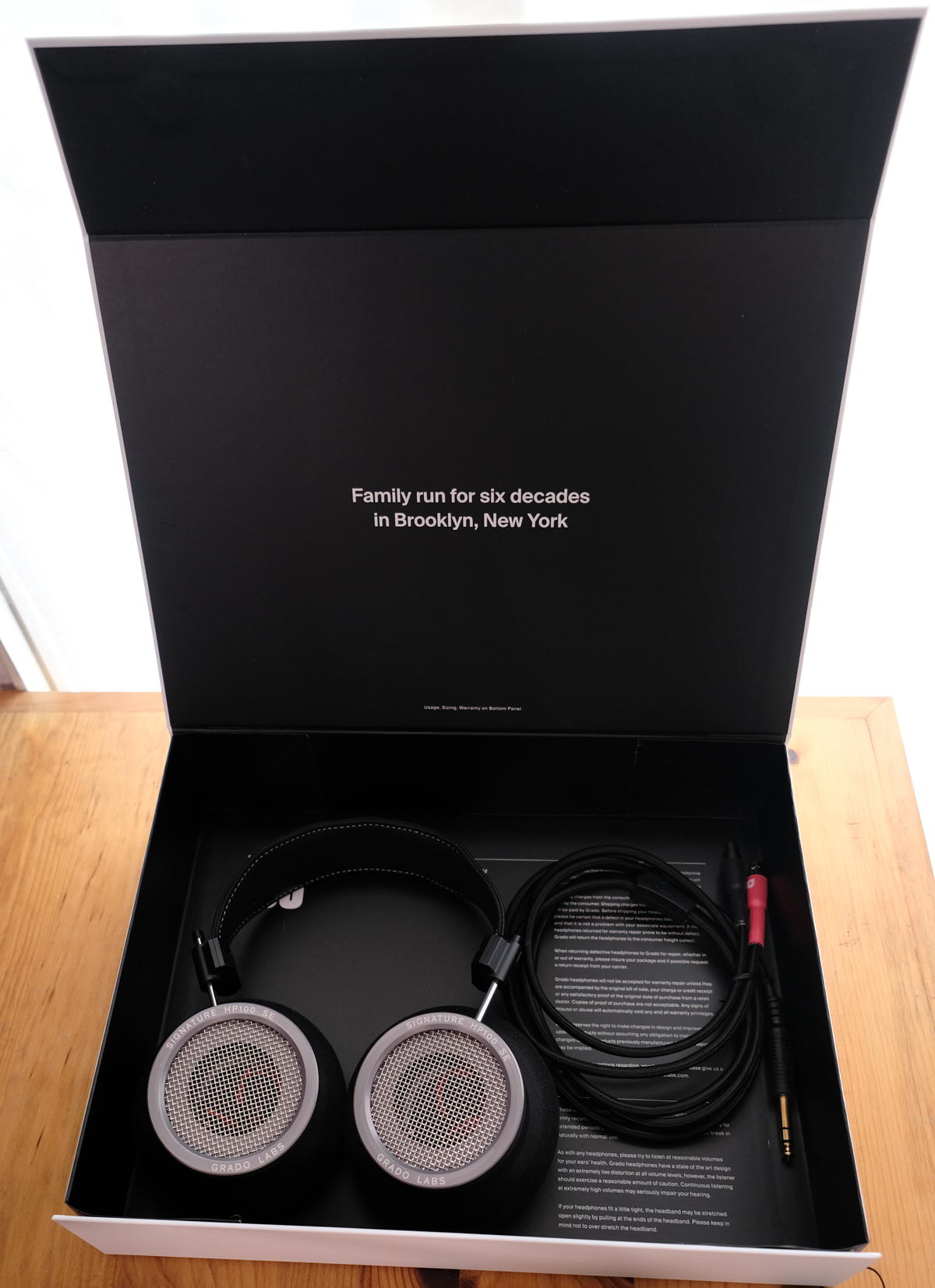
After my usual burn-in, I began with some basic background listening using my HIFIMAN EF600 R2R DAC & Headphone Amp in “Low Gain NOS”, since I had used that to burn the Grado Signature HP100 SE Open Air Headphone in. As I have come to expect from Grado, was dynamic and musical with an expansive soundstage.

For my first serious listening, I selected “Dreamstate” (16-bit/44.1kHz – Qobuz) by Kelly Lee Owens, this Enya style Ambient Electronica was served up with thumping bass and an extreme sense of space, and Kelly’s ethereal vocal filled the atmosphere in a halo all around me. The EDM percussion was crisp and dynamic but proved to be a shallow well to draw from so I quickly moved on.
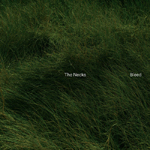
Next up was the eclectic Improvisational Jazz trio, The Necks, and their latest release “Bleed” (24-bit/96kHz – Qobuz) a 42-minute, 10-second opus that opened with stark single piano notes in a vast hall. Again the soundstage was massive and enveloping. The attack on the piano was blisteringly planar driver fast creating an incredibly realistic presentation, some of the best piano I have heard.

Next up was “Even the Forest Hums: Ukrainian Sonic Archives 1971 – 1996” (16-bit/44.1kHz – Qobuz) a wild selection of underground Ukrainian artists. Despite the widely varying recording qualities of the tracks, there was a strong in-studio live treatment the HP100 SE gave to them, in no small part due to the dynamics and clarity of the sound. At this point, it was clear that the vast soundstage was capturing the soul of the original venue, rather than due to some recording trickery ala delay or reverb, which meant that it was all the HP100 SE’s.
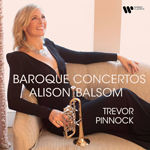
For Classical, I cued up Alison Balsom’s collaboration with Trevor Pinnock, “Baroque Concertos” (24-bit/192kHz – Qobuz) a collection of Vivaldi and other composers’ works transcribed for Piccolo Trumpet and Baroque Orchestra by Simon Wright. While the orchestrations were unusual, the performance of the HP100 SE was stellar, as above presenting a massive soundstage with fantastic dynamics, excellent timbre, and beautiful imaging while maintaining palpable musicality.
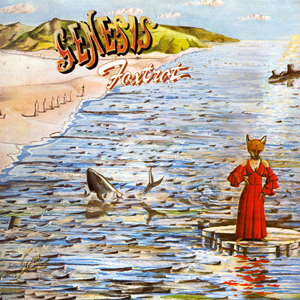
It was time to move on to my reference system my LSA VT-70 Tube Integrated Amp, Audio-gd R2R-1 DAC, Black Dragon Cables, Core Power Technologies A/V Equi=Core 1000, Vera-Fi Audio VBH-1 (Vibration Black Hole) isolation feet, and Vera-Fi Audio LLC Main Stream – Master Class Dynamic Parallel AC Line Conditioner. To check tonal balance and sub-bass response I selected Genesis’ “Can-utility And The Coastliners” (“Foxtrot” – DSD). The sub-bass was phenomenal for an open-back (and to be honest open front) design, while crisp the cymbals had shimmer with no spit showing a speed and resolution I have never experienced in a dynamic headphone. The bass was resonant and deep but linear and natural, again a departure from my experience with open-back headphones. As before, the clarity was extremely high and the transient response was awe inspiring. Peter’s vocal was clear with a sense of depth of field creating a greater feel of realism.
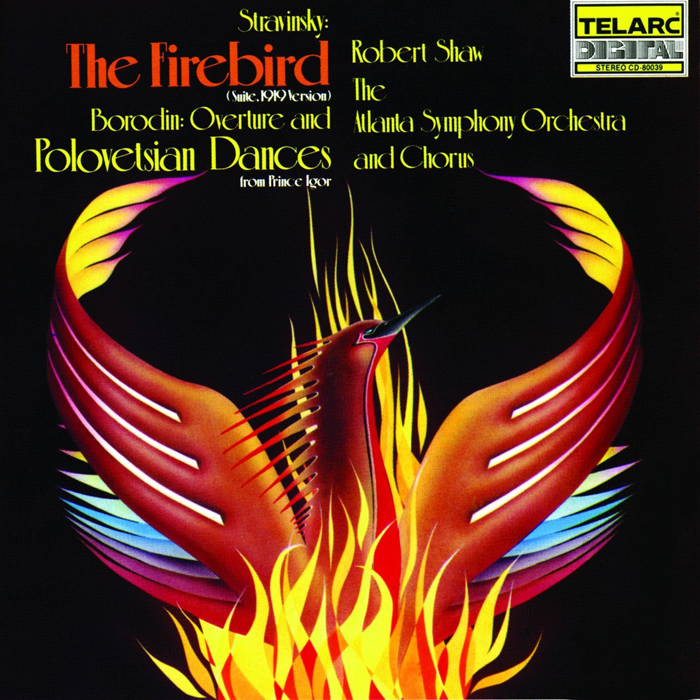
Tackling my 24-bit/96kHz vinyl rip of Robert Shaw and the Atlanta Symphony Orchestra’s performance of Stravinsky’s “The Firebird Suite” (“Stravinsky: The Firebird; Borodin: Music from Prince Igor” ) was a bit of a challenge as the HP100 SE’s hot midrange brought out all the imperfections of vinyl, but passed my “chill” test with flying colors before moving onto the 16-bit/44.1kHz version. The timbre of instruments was spot on, and the dynamic range well served this extremely dynamic piece, especially during the crescendos. The cellos and tubas offered up a palpable resonance not to mention the tympanis. With a massive soundstage and significant air around the players, no one was left behind, muted, or buried, not the triangle, nor the glockenspiel and xylophone.
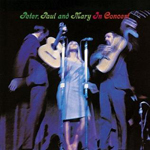
The musicality of the HP100 SE was not any more pronounced than when listening to Peter, Paul, and Mary’s live rendition of “Blowing in the Wind” (“Peter, Paul, and Mary In Concert” – DSD), and the soundstage was to die for, huge and enveloping.
Conclusions on the Grado Signature HP100 SE Open Air Headphone
The Grado Signature HP100 SE Open Air Headphone is a true audiophile reference headphone and as such it is not forgiving of source nor electronics, yet the musicality and presentation make for an absolutely pleasurable experience, in fact, the Grados seem to lend something to every genre of music whether it was Classical, Folk, Rock, Jazz, Lounge or even stark New Wave like The B52s. I found myself racing through my playlist looking for new challenges, but felt it redundant to catalog every piece I heard as the experience was the same, massive soundstage, blistering speed, savage impact, epic dynamics, and luscious musicality. Like all Grado headphones in my experience, the HP100 SE is extremely efficient meaning though you want an amplifier of a sound quality commensurate with the Grados power is not an issue, in fact, you most likely will want something with a low gain option and a significantly low noise floor to take full advantage of them.
Simply put, the Grado Signature HP100 SE is my favorite dynamic headphone I have heard to date and I would happily recommend them to anyone who is a critical listener and looking for a reference headphone.
Price: $2,495.
Manufacturer’s Website: www.gradolabs.com
Technical specifications
Transducer Type: Dynamic
Operating Principle: Open Air
Frequency response: 3.5 Hz – 51.5kHz
THD: <0.1% @100 dB
SPL 1mW: 117 dB
Nominal impedance: 38 ohms
Driver size: 52 mm
Driver Matched dB: 0.4 dB
Cable type: 12 conductor detachable
Headphone Connection: 4pin Mini XLR
Source Connection: 6.3mm
Earpad type: G-cushions















Want to join discussion?
Feel free to contribute!